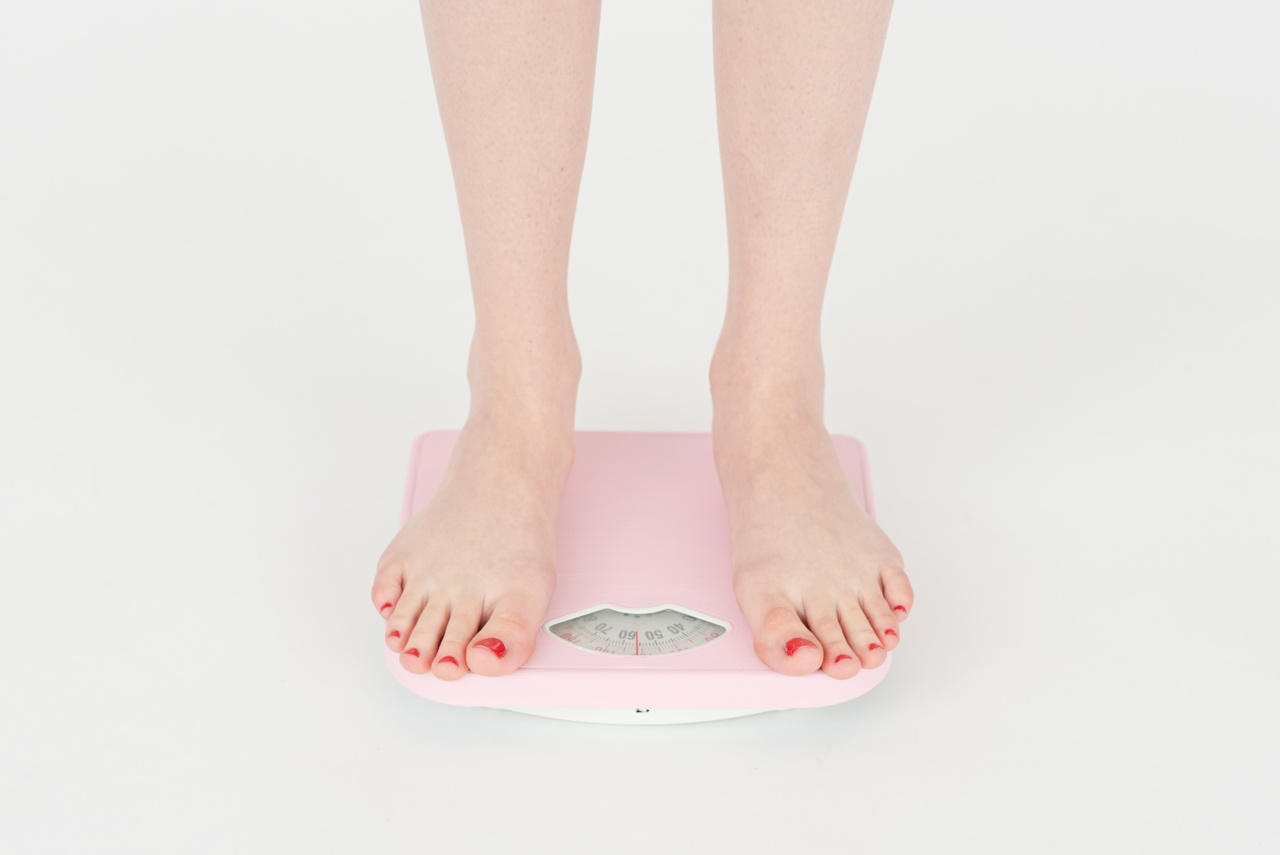High blood pressure, also known as hypertension, affects millions of people worldwide. It is a serious health condition that can lead to heart disease, stroke, and other complications if left unmanaged.
While medications are often prescribed to control high blood pressure, making certain changes to your diet can also be effective in managing this condition. In fact, adopting a healthy eating plan can lower blood pressure and reduce the need for medication. Here are 10 diet strategies to help you manage high blood pressure:.
1. Reduce Sodium Intake
Sodium, commonly found in table salt and processed foods, is a major contributor to hypertension. By reducing your sodium intake, you can help lower your blood pressure significantly.
Aim to consume less than 2,300 milligrams (mg) of sodium per day, and even less if you already have high blood pressure.
2. Increase Potassium Intake
While reducing sodium, it is equally important to increase your intake of potassium. Potassium helps balance the sodium levels in your body, thereby reducing the negative effects of sodium on blood pressure.
Good sources of potassium include bananas, oranges, spinach, and sweet potatoes.
3. Adopt the DASH Diet
The DASH (Dietary Approaches to Stop Hypertension) diet is specifically designed to help lower blood pressure.
It encourages the consumption of fruits, vegetables, whole grains, lean proteins, and low-fat dairy products while limiting high-sodium and high-fat foods. Following the DASH diet can help you maintain a healthy blood pressure level.
4. Increase Fiber Intake
A high-fiber diet can have positive effects on blood pressure. Consuming foods rich in fiber, such as fruits, vegetables, whole grains, and legumes, can help lower blood pressure and improve heart health. Aim for at least 25 to 30 grams of fiber per day.
5. Limit Alcohol Consumption
Excessive alcohol consumption can lead to high blood pressure. If you drink alcohol, do so in moderation. Men should limit themselves to two drinks per day, while women should only have one.
Remember that excessive alcohol intake can nullify the potential benefits of certain blood pressure medications.
6. Cut Back on Added Sugars
Added sugars, commonly found in sugary beverages, sweets, and processed foods, can contribute to high blood pressure. These sugars can increase your risk of obesity, diabetes, and other conditions related to hypertension.
Opt for natural sweeteners or limit your sugar intake to help manage your blood pressure.
7. Opt for Low-Fat Dairy Products
Low-fat dairy products such as skim milk, low-fat yogurt, and reduced-fat cheese contain important nutrients like calcium and vitamin D without the added saturated fats found in full-fat dairy products.
Including these low-fat alternatives in your diet can be beneficial for managing high blood pressure.
8. Eat More Lean Protein
Lean proteins, such as skinless poultry, fish, beans, and tofu, are excellent choices for managing high blood pressure. They are lower in saturated fats and provide essential nutrients to support overall cardiovascular health.
Aim for at least two servings of lean protein per day.
9. Moderate Your Caffeine Intake
Caffeine, commonly found in coffee, tea, and energy drinks, can temporarily raise blood pressure. While occasional consumption is unlikely to have a significant impact, excessive caffeine intake can potentially worsen hypertension.
Be mindful of your caffeine consumption and consider switching to decaffeinated options.
10. Practice Portion Control
Controlling portion sizes is essential for managing high blood pressure. Consuming larger portions can lead to weight gain, which increases the risk of hypertension.
Be mindful of the recommended portion sizes and consider using smaller plates and bowls to help control how much you eat.
By incorporating these diet strategies into your lifestyle, you can effectively manage high blood pressure and reduce the need for medication.
However, it is important to consult with your healthcare provider before making any significant changes to your diet or stopping any prescribed medications.






























